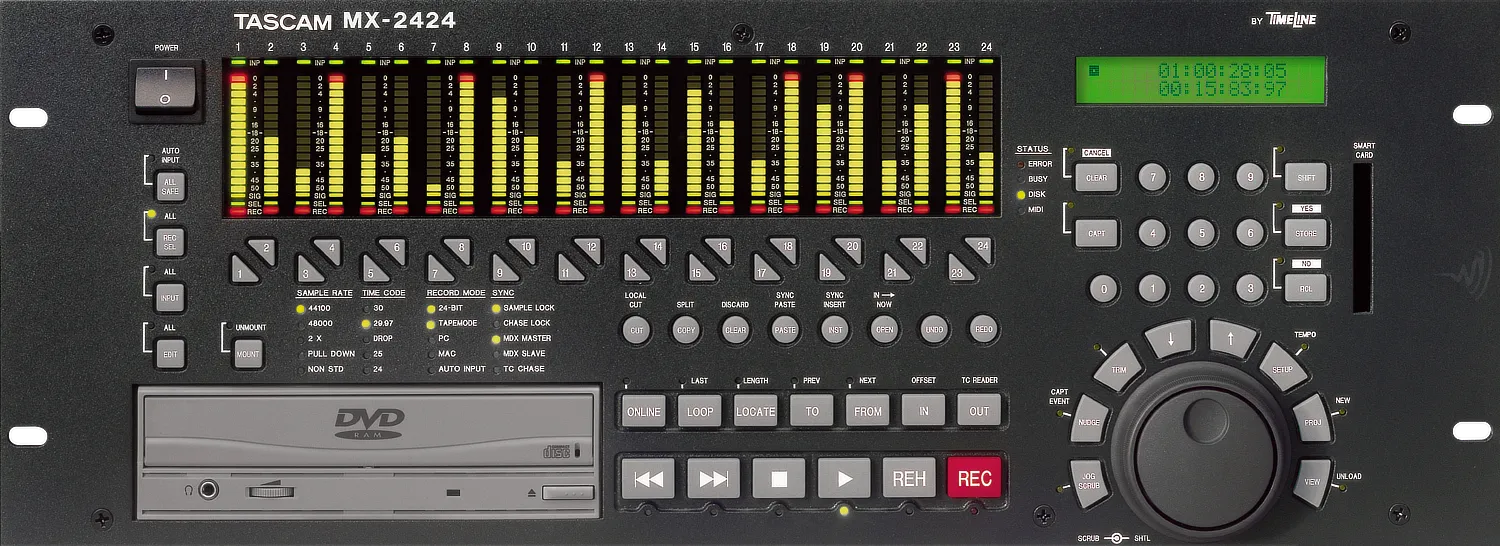Kurzweil KSP8 Review
By Phil Magnotta
Sound Quality
100%
Build Quality
95%
Usefullness
95%
Mojo/Funk
100%
Reliability
95%
I have worked in various top-level positions within the Pro Audio industry, and apart from other functions within the industry, I had spent a great deal of time with “Flagship Audio Fx Units” The KSP8, above all, has a superbly beautiful sound or audio quality.













